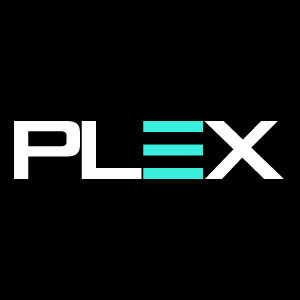While every business works diligently to improve efficiency and operational excellence, at the end of the day it’s the customer who determines a company’s success. And companies are looking for new ways to optimize customer service levels to improve their competitiveness and grow their business.
With access to the internet, today’s end-user customers have become more sophisticated and knowledgeable with positive brand awareness as a key factor in driving demand. One Gartner survey found that 81% of companies believe they will compete based on customer experience alone within the next few years. Studies today show that by a factor of four, customers will buy from a competitor based on service issues rather than price or product.
Issues that can strain customer service levels include:
- Technologically outdated systems
- Inconsistency
- Lack of contingency when things go wrong
- Static systems with no plan improvement
Strategies for Optimizing Customer Service Levels
As businesses search for ways to optimize their customer service levels, many look to leverage their supply chain for better customer service and overall customer experience. By automating the supply chain through cloud-based, advanced planning software, companies can tap into enormous amounts of data.
This data, coupled with advanced analytics and robust reporting, delivers agility to use the supply chain not just to improve efficiency and profitability, but to respond to demand faster and more accurately. Once in place, supply planning software can be used to develop strategies to optimize customer service levels and deliver better performance. These strategies include:
- Switching to a Demand-Driven Supply Chain - The right software helps remove variability from supply chain management (SCM). Production and purchasing schedules can be built down to the location, item, and component, improving response to demand. Production is “pulled” into the system based on near real-time demand data and not through traditional raw material replenishment triggers that rely on historical data. These demand plans are used to build accurate forecasts to deliver what connected consumers want when they want it, and in the most cost-effective way.
- Leveraging Data to Deliver Value - With a demand-driven, automated supply planning system, companies have access to deep data and advanced and predictive analytics. This allows forecasting that is supplemented and informed with demand shaping and sensing data. These demand and supply planning forecasts rely on trends, microtrends and demand patterns to adjust for products seasonally, anticipate demand and possibly offer spin-offs or iterative products to capture specific sections of the market not available to them before (for example: allergy-free, sustainable, flavor variations, to name a few).
- Improving Supply Chain Efficiency - With supply planning software, data is available in near real-time. Businesses can use that near real-time data to remove “slack” from their supply chain. For long supply chain legs stretching globally, that could mean the improvement in the performance of entire product lines by reducing lead time. It could also allow locally sourced components paired in production with long supply leg materials to be purchased Just in Time (JIT) to reduce cost and cash flow. Near real-time data also allows managers to spot problems sooner, deploy continuous improvement on the overall supply chain, and react quickly to fast-moving external market variables, and rapidly changing customer tastes.
- Utilizing Advanced Modelling Techniques – Demand planning software has deep functionality allowing businesses to develop advanced planning models to optimize replenishment cycles, analyze the cost of goods, and predict accurate safety stock levels. By performing “what-if” scenarios at multiple levels of the demand plan, businesses can build reliable forecasts that can be deployed if demand shifts due to unforeseen variables. It also uses ABC analysis to prioritize goods based on performance or cost. It allows revenue projection, cost of goods sold and margins at the item level so businesses can remain nimble and proactive to demand key product categories.
- Committing to Technology Interoperability – In an increasingly digital world, systems that don’t talk to one another, exchange data and enhance one other’s capabilities are almost a hard stop. In the past, manufacturing and distribution companies relied on a mix of disparate systems for different functional areas with heavy dose spreadsheets tied in. Today’s planning software enhances forecast accuracy across the board. By collecting inputs from other functional areas by tying into Enterprise Resource Planning (ERP), Customer Retention Management (CRM), and Quality Management (QM) systems, demand forecast accuracy and detail can be greatly improved.
Planning for Success
Success is defined by happy customers who return time and again. This means using Demand forecasting and planning software like that offered by DemandCaster to leverage technology and data to optimize customer service levels and align them with demand. By doing so, internal efforts to improve efficiency and operational excellence will deliver the elements needed to optimize customer service already “baked in”. When you need to align your customer service performance with your demand, DemandCaster provides advanced demand planning and supply planning software for manufacturing and distribution businesses.
Related Articles
